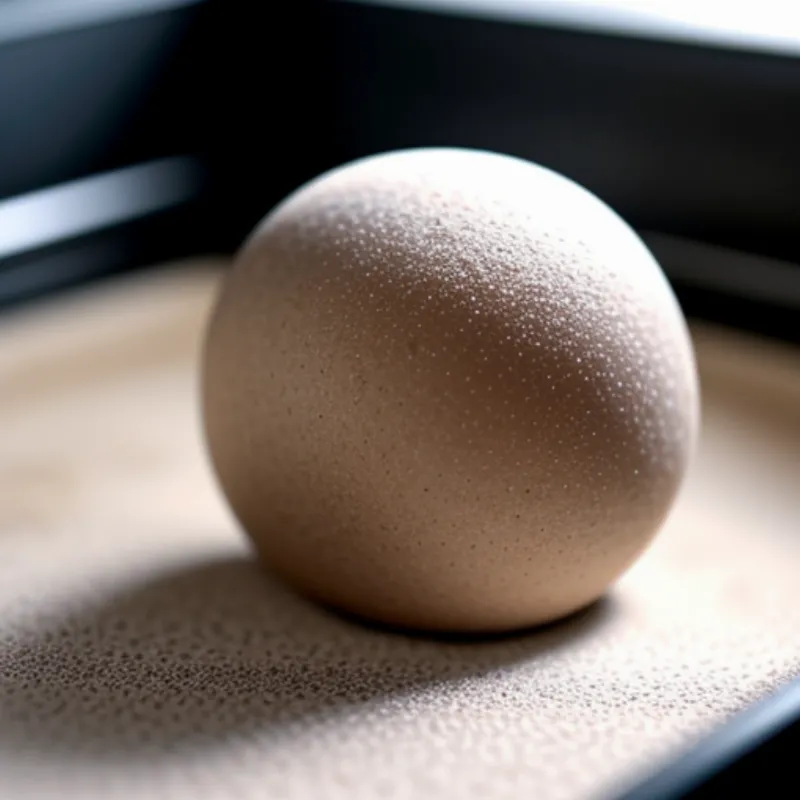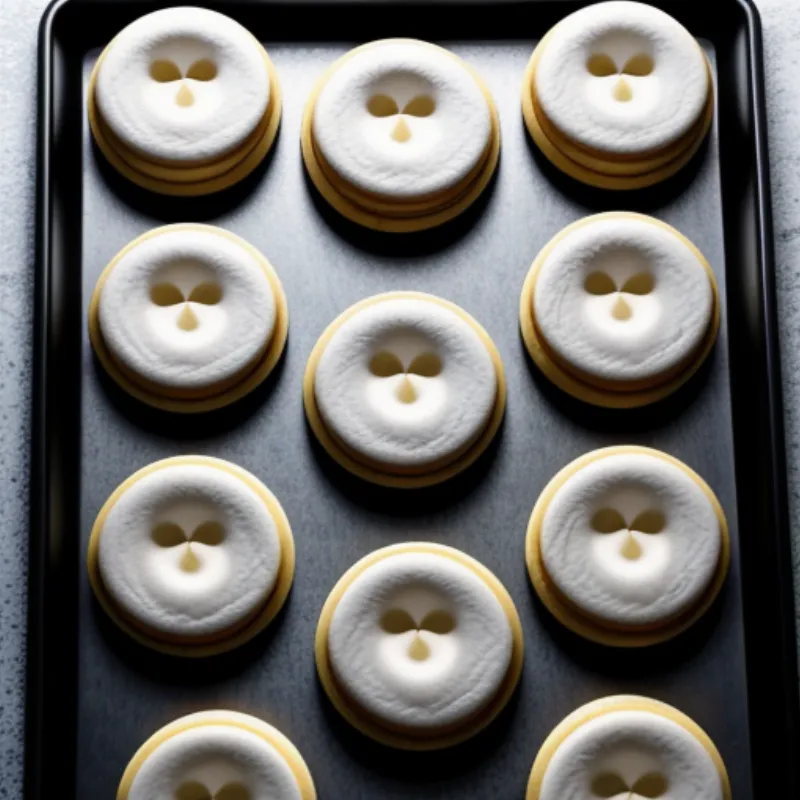Sable cookies, those elegant, buttery delights that melt in your mouth, are easier to make than you think! Imagine biting into a cookie with a delicate crumbly texture that simply dissolves on your tongue, leaving behind a rich, buttery flavor. That’s the magic of sable cookies, a classic French treat that will impress your family and friends.
Whether you’re a seasoned baker or just starting, this comprehensive guide will walk you through every step, from understanding the ingredients to achieving that perfect sandy texture. Get ready to unlock the secrets of making perfect sable cookies at home!
Unraveling the Ingredients for Perfect Sable Cookies
Here’s what you need to gather before you begin:
- 1 cup (2 sticks) unsalted butter, softened to room temperature
- ¾ cup granulated sugar
- 1 large egg yolk
- 2 teaspoons pure vanilla extract
- 2 ¼ cups all-purpose flour
- ¼ teaspoon salt
- Optional: 1-2 tablespoons of granulated sugar for sprinkling on top
Tips for Selecting the Best Ingredients:
- Butter: Using high-quality unsalted butter is key to achieving that rich, buttery flavor sable cookies are known for.
- Eggs: For best results, use fresh, large eggs and ensure the yolk is separated carefully.
- Vanilla Extract: A splash of pure vanilla extract enhances the flavor of these cookies.
Tools of the Trade
- Electric mixer (stand mixer or hand mixer)
- Measuring cups and spoons
- Mixing bowls (2)
- Spatula or wooden spoon
- Baking sheet
- Parchment paper
- Cookie cutters (optional)
 Sable cookie dough
Sable cookie dough
Step-by-Step Guide to Baking Scrumptious Sable Cookies
-
Creaming Butter and Sugar: In a mixing bowl, beat the softened butter and granulated sugar together until the mixture is light and fluffy. This process incorporates air into the dough, resulting in a lighter texture.
-
Adding Flavor and Richness: Beat in the egg yolk and vanilla extract until well combined.
-
Incorporating Dry Ingredients: In a separate bowl, whisk together the flour and salt. Gradually add this dry mixture to the wet ingredients, mixing on low speed until just combined. Avoid overmixing, as it can develop gluten and result in tough cookies.
-
Chilling the Dough: Divide the dough in half, shape each half into a disk, wrap tightly in plastic wrap, and refrigerate for at least 2 hours or up to overnight. Chilling the dough helps to solidify the butter and prevent the cookies from spreading too much while baking.
-
Preparing for Baking: Preheat your oven to 350°F (175°C). Line your baking sheets with parchment paper.
-
Shaping and Cutting the Cookies: On a lightly floured surface, roll out one disk of chilled dough to about ¼-inch thickness. Use your favorite cookie cutters to cut out shapes, or simply use a knife to cut the dough into squares or rectangles.
 Sable cookies on a baking sheet
Sable cookies on a baking sheet
-
Baking to Perfection: Place the cookies on the prepared baking sheets, leaving about an inch of space between each cookie. Sprinkle with granulated sugar if desired. Bake for 10-12 minutes, or until the edges are lightly golden brown.
-
Cooling and Enjoying: Once baked, allow the cookies to cool on the baking sheets for a few minutes before transferring them to a wire rack to cool completely.
Tips and Tricks for Baking Extraordinary Sable Cookies
-
Room Temperature Ingredients: Ensure your butter and egg are at room temperature before you begin. This helps to create a smooth, homogenous dough.
-
Don’t Overmix: When combining the ingredients, be careful not to overmix the dough. Overmixing develops gluten in the flour, which can make the cookies tough.
-
Chilling is Key: Don’t skip the chilling step! This allows the gluten in the dough to relax and the butter to firm up, preventing excessive spreading during baking.
-
Uniform Thickness: When rolling out the dough, aim for a consistent thickness to ensure even baking.
Sable Cookies: A Taste of History and FAQs
Did you know? The name “sable” comes from the French word for “sand,” referring to the cookie’s signature crumbly texture. These cookies have a long history, dating back to the 17th century in France.
FAQs
Q: Can I use salted butter instead of unsalted butter?
A: It’s best to stick with unsalted butter for this recipe. If you only have salted butter, reduce the added salt to ⅛ teaspoon.
Q: Can I freeze sable cookie dough?
A: Absolutely! This dough freezes beautifully. After chilling the dough, wrap it tightly in plastic wrap and then place it in a freezer-safe bag. It can be stored in the freezer for up to 3 months. When ready to bake, thaw the dough overnight in the refrigerator.
Q: Can I add different flavors to my sable cookies?
A: Of course! You can get creative with the flavors. Consider adding a teaspoon of lemon zest or orange zest to the dough for a citrusy twist. You can also experiment with different extracts like almond extract.
 Sable cookies on a platter
Sable cookies on a platter
There you have it! You’re now well-equipped to bake a batch of delectable sable cookies that will impress everyone. Remember, baking is all about experimenting and having fun in the kitchen. So go ahead, put on your apron, and create some buttery, crumbly magic! Don’t forget to share your experience and delicious creations with us in the comments below. Happy baking!
